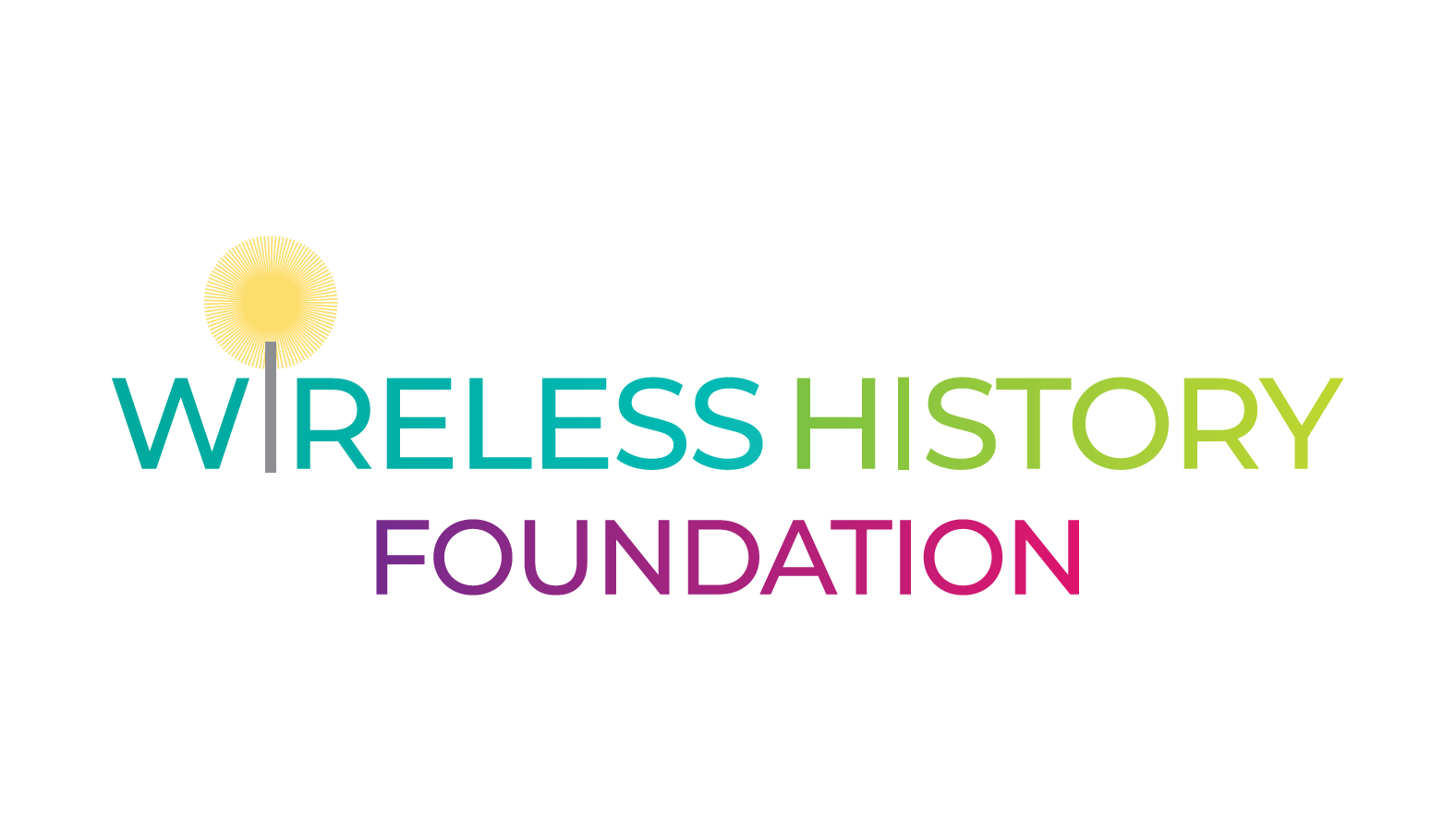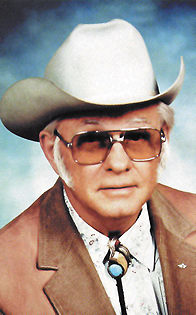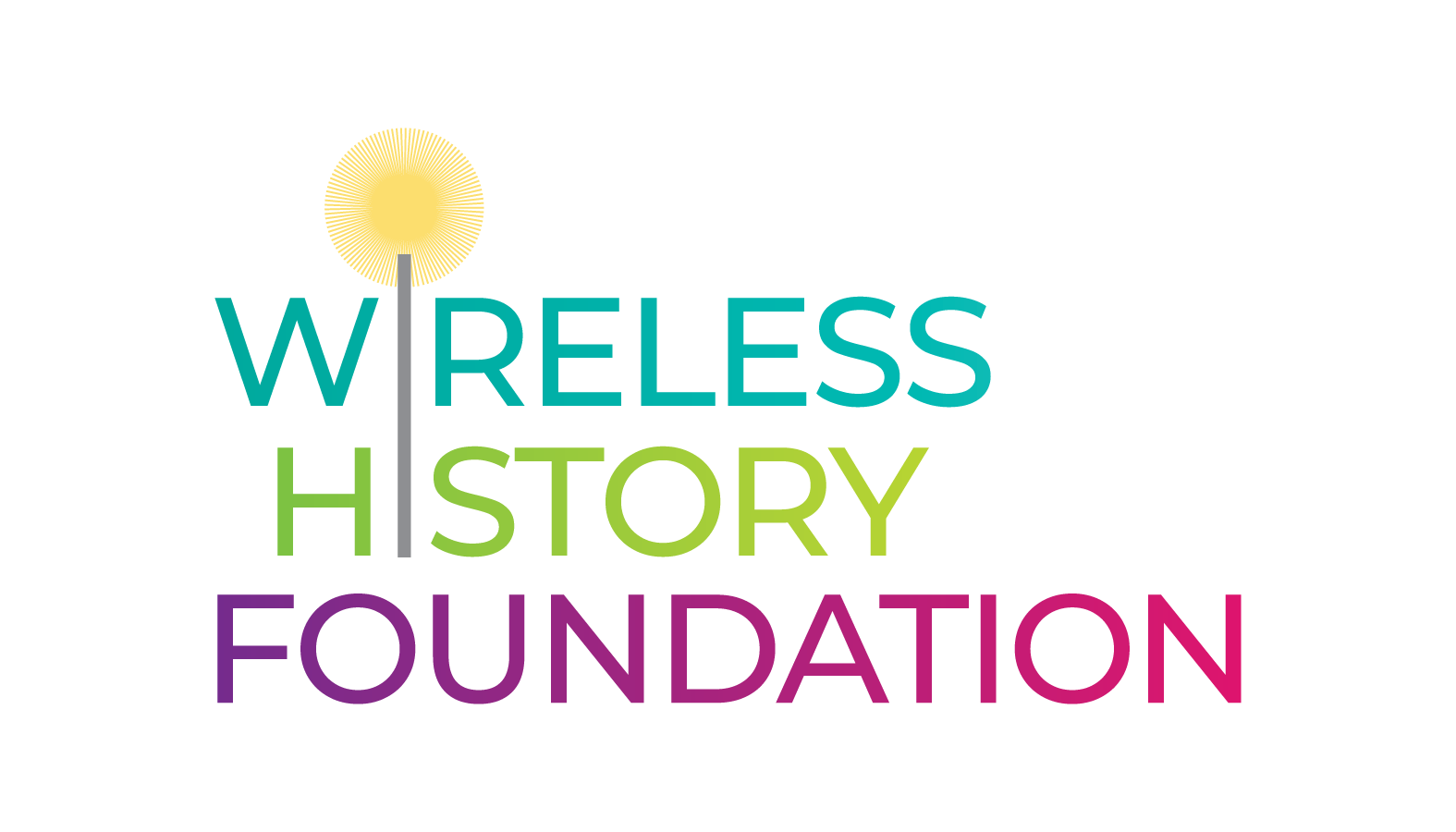Tom Carter was born in 1924 in the small Texas town of Mabank, southeast of Dallas. He was a lifelong radio enthusiast and served as a radio technician during WWII, manning a broadcasting station in Juneau, AK which aired news and entertainment to troops in remote locations. After the war, Tom formed Carter Electronics Corporation, a two-way radio station he leased to remote and mobile businesses such as florists and oil drill operators.
His clients often asked to connect their mobile radios directly into the phone network, rather than relaying messages through their base station operator. In response, Tom developed the Carterfone, an acoustic coupling device that enabled telephone handsets to connect to a radio transceiver. To connect to a phone from a remote location, the base station operator would place a call manually, then rest the handset in the Carterfone’s cradle. The two parties, now connected via radio, could talk uninterrupted: a voice-activated switch would trip the radio’s send/receive mode, allowing the parties to talk and receive replies in turn. In 1959, Tom started selling Carterfones from a small brick building in Dallas, where they were assembled on simple wooden tables.
Before long, AT&T took notice of Tom’s work. They issued a warning that Carterfone users risked having their telephone services shut off—the same tactic used to attack Hush-a-Phone over a decade earlier—and soon Tom’s customers began returning their Carterfones. In 1965, he filed a lawsuit against AT&T, and on June 26, 1968 the FCC ruled that non-Bell equipment could be attached to the telephone system ‘with no harm to the network’. This landmark case, known as the “Carterfone decision”, opened the industry’s doors to Bell competitors, brought about vast changes in telephone services, ultimately led to deregulation in 1982, and the subsequent divestiture of AT&T in 1984 which forever changed telecommunications and how we view monopoly companies.
Carter Communications Corporation was formed after this ruling, though Tom soon left the company. With Jack Goeken, former head of MCI, he co-founded the FTD Mercury Computer Network, which links florists together and is still used today by the FTD Association. Then Tom and his wife Helen moved to Gun Barrel City, TX near his home town. In the mid-1980s, he operated Carter Mobilefone, a small radio telephone company. Tom was active in the local Chamber of Commerce and co-founded the North American Telephone Association, a trade group representing suppliers of telephone equipment.
On February 26, 1991, Tom passed away from lung disease, never having reaped any financial rewards from his invention or from the landmark FCC decision. Today, a Carterfone is on display at the Smithsonian National Museum of American History as part of the “Inventing in America” exhibit. In 2001, Tom was posthumously inducted into the Wireless Hall of Fame.


